| Structure | Name/CAS No. | Articles |
|---|---|---|
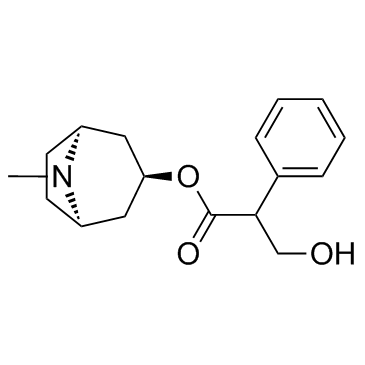 |
Atropine
CAS:51-55-8 |
|
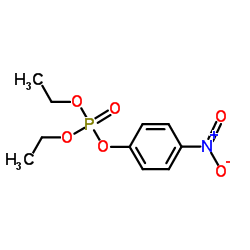 |
PARAOXON
CAS:311-45-5 |
|
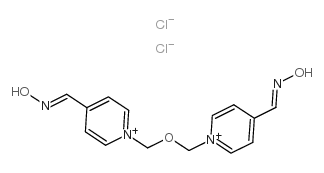 |
Obidoxime dichloride
CAS:114-90-9 |
|
 |
Midazolam
CAS:59467-70-8 |
|
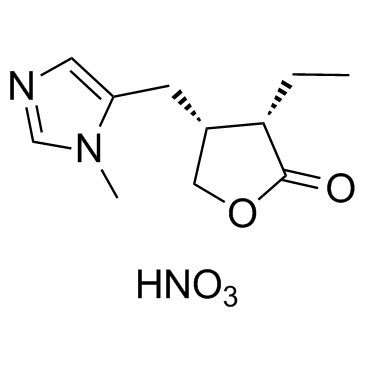 |
Pilocarpine nitrate
CAS:148-72-1 |
|
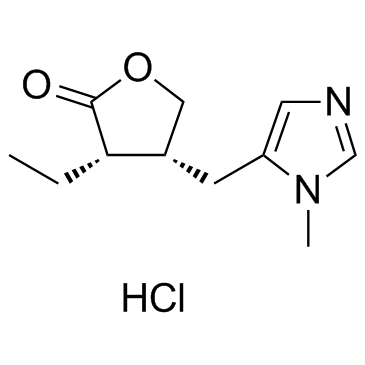 |
Pilocarpine Hydrochloride
CAS:54-71-7 |
|
 |
Pilocarpine
CAS:92-13-7 |